Hello everyone, have you heard of Umeko Tsuda? Umeko Tsuda, who will be featured on the new 5,000 yen bill in July 2024, is a name that might not be familiar to many. She was a pioneer of women’s education in Japan during the tumultuous era of the Meiji Restoration. At the young age of six, she crossed the Pacific Ocean to study in America. Armed with advanced knowledge and culture acquired during her long stay abroad, along with a deep love for Japan, she overcame numerous challenges and founded the Women’s English School, the predecessor of Tsuda University. She continuously advocated for women’s advancement in society. Today, I would like to introduce the tumultuous life of Umeko Tsuda.
Who was Umeko Tsuda?
Umeko Tsuda (December 31, 1864 – August 16, 1929) was a Japanese educator and a pioneer in the improvement of women’s education. She traveled to America at the young age of six as part of the Iwakura Mission during the early Meiji period. Tsuda initially lived with an American family, where she learned English and Western culture, and later majored in biology at Radcliffe College. Her overseas study was extremely rare for a Japanese woman at the time, and she used the knowledge and experience she gained to revolutionize women’s education in Japan.
Upon her return to Japan, Umeko Tsuda strongly felt the necessity of women’s education and began activities to expand educational opportunities for women. In 1900, she established Tsuda Eigaku-juku, which later became Tsuda University. This school provided high-quality English education and a broad liberal arts education, opening new paths for many women. Tsuda Eigaku-juku aimed to educate women with an international perspective who could excel in society and produced many outstanding female leaders.
Umeko Tsuda also widely advocated for the importance of women’s education and contributed to the improvement of women’s social status. She was active not only as an educator but also as a social reformer, advocating for women’s rights through numerous lectures and writings. Her efforts significantly elevated the status of women in Japanese society at the time, and her influence continues to this day.
Umeko Tsuda’s life made significant contributions to the development of women’s education in Japan, and her pioneering activities gave hope and courage to many women. Her legacy is carried on through Tsuda University, continuing to influence future generations of women. Umeko Tsuda is an indispensable figure in the history of Japanese education, and her achievements should be remembered forever.
A simple chronological timeline of Umeko Tsuda’s life
This timeline provides a brief overview of the significant events in Umeko Tsuda’s life.
| Year | Events |
| 1864 | Born as the second daughter of the Hatsuko couple at a friend’s house. |
| 1871 | At just six years old, travels to America as part of the Iwakura Mission. |
| 1882 | Graduates from Archer Institute. |
| 1883 | Returns to Japan and becomes a private English tutor, introduced by Hirobumi Ito. |
| 1885 | Appointed as an English teacher at Peeresses’ School. |
| 1889 | Studies abroad in America again. |
| 1892 | Returns to Japan and resumes teaching at Peeresses’ School. |
| 1900 | Opens the Women’s English School (now Tsuda University). |
| 1919 | Resigns from teaching due to illness. |
| 1929 | Passes away due to a cerebral hemorrhage. |
Studying in America at the Age of Six
Umeko Tsuda (December 31, 1864 – August 16, 1929) was born in Edo in December 1864, during the late Edo period. Her birth name was “Ume,” but she later changed it to “Umeko.” Her father, Sen Tsuda, cut off his topknot while traveling to the West as an interpreter for the shogunate, saying, “There is no one here to style it.” Influenced by her father, Umeko traveled to America as part of the Iwakura Mission in 1871. At the age of six by Western reckoning, she embarked from Yokohama and celebrated her seventh birthday on the ship.
Among the over 40 students on the ship, only five were girls, and Umeko was the youngest. Upon arrival in America, Mori Arinori, then a diplomat in Washington, arranged for her living arrangements despite being surprised by her age. She stayed with the wealthy Lanman family, who treated her like their own child, while she attended school. At the age of eight, she chose to be baptized as a Christian.
Of the five female students, two older ones returned to Japan earlier, but Umeko, Sutematsu Yamakawa, and Shigeko Nagai spent the full planned ten years in America. They called themselves the “trio” and maintained a strong bond even after returning to Japan. Umeko returned to Japan in 1882, having extended her study period by one year to coincide with her graduation from the girls’ school, just before her 18th birthday.
On the return trip, Umeko and Sutematsu discussed their dream of inviting Alice Bacon, with whom Sutematsu had been raised like a sister at her host family, to Japan and establishing a school for girls. They were strongly committed to repaying the support they had received to study abroad by becoming leaders for Japanese women. This experience and dream laid the foundation for Umeko Tsuda’s significant contribution to the development of women’s education in Japan.
Becoming an English Teacher after Returning to Japan
Upon her return to Japan in 1882, Umeko Tsuda was most surprised by the fact that Japanese women were getting married in their mid-teens to partners chosen by their parents. At that time, Japan was just beginning to establish the foundations of a modern state, such as issuing banknotes, and there was little female participation in society. It was still uncommon for women to pursue careers of their own choice.
Unlike in America, there were hardly any opportunities for women in Japan to receive higher education. Shocked by this situation, Umeko strongly felt the need to increase educational opportunities for women. After returning, she became a private English tutor for Hirobumi Ito and then, in 1885, was appointed as an English teacher at Peeresses’ School (later Gakushuin Women’s College).
Through her educational activities at Peeresses’ School, Umeko Tsuda continually advocated the importance of education for Japanese women. Her efforts became a pioneering force in women’s education in Japan and greatly contributed to improving women’s social status.
Studying Abroad Again
Despite teaching English to female students at Peeresses’ School, Umeko Tsuda continued to dream of studying abroad again. At that time, even male students found it difficult to study abroad due to the limited system, and it was even more challenging for women like Umeko. However, with support from her friends in America, including tuition exemptions, she was able to receive assistance. Thus, she was allowed to go back to America for two years while still being affiliated with Peeresses’ School. In 1889, at the age of 24, she embarked on her second journey to America.
In America, Umeko enrolled at Bryn Mawr College and received high-quality education. There, she majored in biology and reaffirmed the importance of education for women. In 1894, her paper on the development of frog eggs was published in a scientific journal, marking a significant academic achievement. She also studied “teaching methods” at the Ogontz School, honing her skills in imparting knowledge.
During her time at Bryn Mawr College, Umeko established the “Japanese Women’s American Scholarship” to support Japanese women who wished to study like herself. She deeply understood the importance of education for women through her own experiences and strongly desired to extend these opportunities to other women.
In this way, Umeko Tsuda further deepened her knowledge and skills through her studies in America, contributing significantly to the development of women’s education in Japan upon her return. Her efforts and passion continue to influence many Japanese women.
Opening the Women’s English School, Now Tsuda University
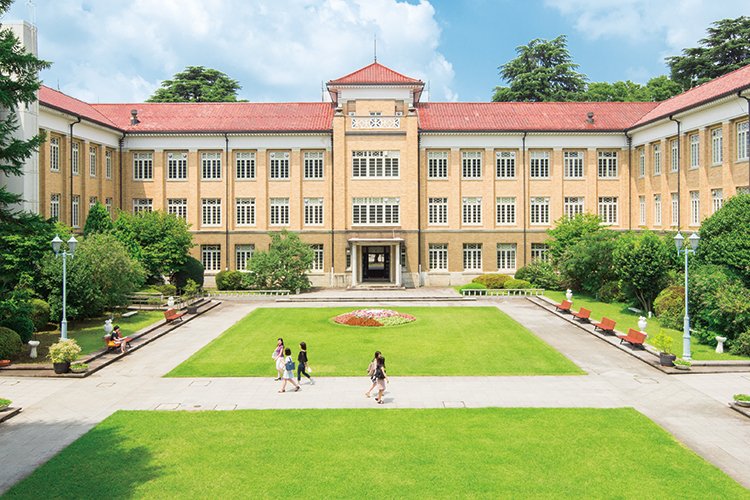
Continuing her studies in America and the UK, Umeko Tsuda strengthened her belief that specialized knowledge and academic education were essential for improving women’s status. In 1900, at the age of 36, she founded the Women’s English School. To take on this challenge, she decided to resign from her stable position at the Women’s Higher Normal School, where she taught concurrently with Peeresses’ School.
The Women’s English School began in an ordinary house in Kojimachi, Tokyo (now Ichibancho, Chiyoda Ward), with ten students in its first year. The school aimed to provide high-quality education in small classes, distinct from traditional etiquette schools. Here, women learned English and aspired to become English teachers.
The establishment of this school marked a significant step for Japanese women to become active in society. Umeko Tsuda’s passion and efforts opened new paths for many women, offering them new possibilities and hope. The Women’s English School continued to have a profound impact on women’s education and social advancement in Japan.
In this way, Umeko Tsuda further deepened her knowledge and skills through her studies in America, and upon returning to Japan, she significantly contributed to the development of women’s education. Her efforts and passion continue to influence many Japanese women.
Cause of Death of Umeko Tsuda
In her later years, Umeko Tsuda spent a long period battling illness at her villa in Kamakura. She passed away from a cerebral hemorrhage on August 16, 1929. It is said that her health had significantly deteriorated due to the overwork and stress involved in the establishment and operation of the Women’s English School (later Tsuda University).
The Women’s English School, which Tsuda founded, practiced progressive women’s education without discrimination based on gender or social status. However, the school faced numerous financial and social challenges. In particular, to maintain its unique educational philosophy, Tsuda minimized external funding, resulting in prolonged financial instability.
In 1903, when the “Specialized School Ordinance” was issued, Tsuda registered the school as a corporation. Despite her deteriorating health around this time, she ensured the school’s financial stability before resigning as principal in January 1919.
After retiring from her educational and managerial duties, Tsuda spent her days recuperating and battling illness at her villa in Kamakura. Her death marked the end of a life devoted to education, but her contributions and influence continue to be carried on by many.
Umeko Tsuda’s Personality
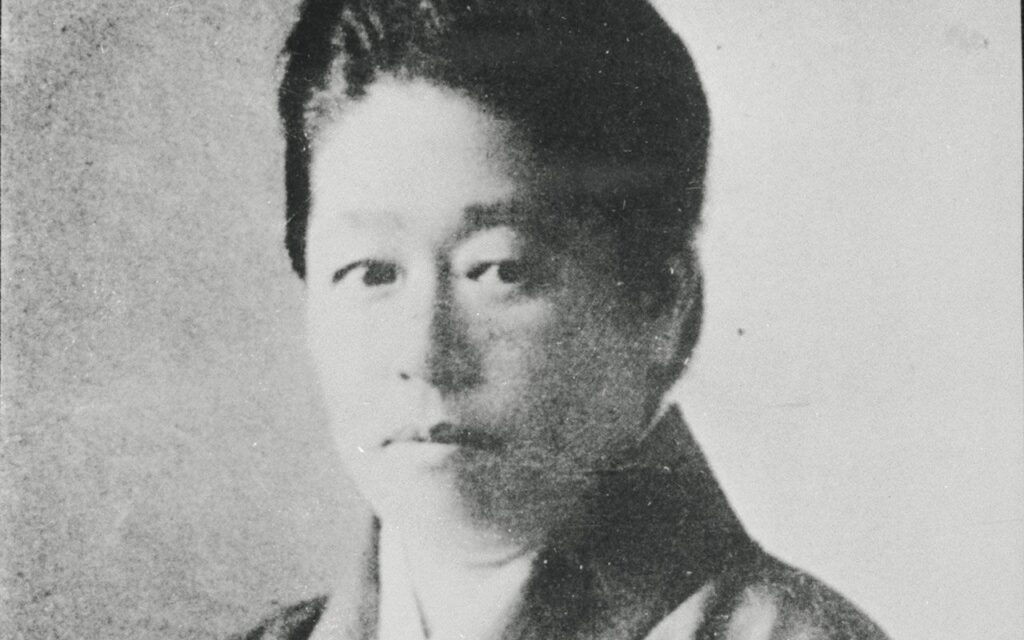
Umeko Tsuda was known for her cheerful and often laughing personality. In those days, it was considered inappropriate for women in Japan to laugh loudly, but this behavior reflected the cultural influence of her studies in America.
Testimonies from her students and colleagues reveal Tsuda’s passion for education, her strictness, and her selfless and noble character. As an English teacher, she was known for her rigorous teaching methods, frequently correcting students’ English pronunciation and emphasizing not only grammatical correctness but also logical consistency. Consequently, some students struggled to keep up with her strict guidance and dropped out.
Although Tsuda’s own Japanese was not entirely fluent, she had a keen sense of language and often noticed mistakes in Japanese translations. On the other hand, she also had a friendly and approachable side, sharing meals with her students and eliciting laughter with anecdotes from her time in America.
In her private life, Tsuda practiced simplicity and frugality, dedicating all the funds she raised to women’s education. Her strong will and noble ideals attracted and garnered support from many people. Umeko Tsuda was a model educator with a strong commitment to education and a deep affection for her students. Her personality was characterized by her dedication to education and her profound love for her students.
Episodes from Umeko Tsuda’s Life
Now, let’s look at some episodes from Umeko Tsuda’s life. There are many fascinating stories about her that are worth mentioning!
Forgetting Japanese?
Due to her extended stay in America, Umeko Tsuda forgot much of her Japanese language and culture. From ages six to seventeen, she lived in America, and when she returned to Japan, she needed an interpreter. There are anecdotes that even in her later years, she struggled to distinguish words like “unagi” (eel) and “yanagi” (willow), as well as “wana” (trap) and “ana” (hole).
She also forgot the Japanese custom of removing shoes at the entrance, finding it troublesome and openly expressing her preference for American customs. Additionally, she would often laugh heartily, which was unusual for Japanese women of the time. Her lifestyle was very American, making her seem quite eccentric to people back then. This aspect of her life highlights the profound influence of her time spent in America.
Meeting Helen Keller and Florence Nightingale
In 1898, Umeko Tsuda participated as the representative of Japanese women at the World’s Congress of Women in Denver, Colorado. Dressed in traditional Japanese attire, she stood before the audience and delivered a powerful speech in fluent English about the issues facing Japanese women, receiving a great ovation from the approximately 3,000 attendees. This success led to a meeting with the then 17-year-old Helen Keller, who was renowned as a talented deaf-blind individual. Additionally, she met the 80-year-old Florence Nightingale in England.
Despite being a reformer of advanced women’s education in Japan, Tsuda was not always confident. She was humble and often struggled with self-doubt, yet she continued her work diligently. These encounters with such great women were a significant source of inspiration for her. Tsuda cherished two treasured items throughout her life: a letter from Helen Keller with the message “Praying for your success and happiness from your friend,” and a pressed bouquet of violets given to her by Florence Nightingale. These meetings and gifts provided immense encouragement and profoundly influenced her life and work. Through her interactions with these remarkable women, Umeko Tsuda dedicated herself even more to the reform of women’s education in Japan.
Establishing the Women’s English School, Now Tsuda University
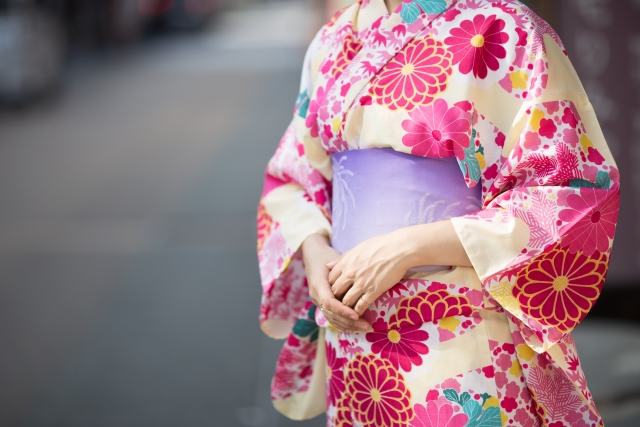
Despite being heavily influenced by American culture and even dancing at the Rokumeikan, a Western-style building established by the Meiji government, Umeko Tsuda considered the Japanese kimono the most beautiful attire. Throughout her life, including during her classes, she wore a kimono and hakama. Graduates of Tsuda English School testified that she led a very Japanese and simple lifestyle, contrary to what one might expect from someone who grew up in America.
Umeko Tsuda deeply respected Japanese culture while incorporating advanced American ideas. Her love for kimonos demonstrated her respect for Japanese culture and her appreciation for its beauty.
Lifelong Commitment to Being Single
Umeko Tsuda, who went to America as part of the Iwakura Mission at the age of six and later returned to Japan, was surprised to see Japanese women getting married in their mid-teens to partners chosen by their parents. During that era in Japan, women’s social advancement was difficult, and early marriage was common.
Tsuda believed that women should live independently and choose their partners rather than marrying those chosen by their parents. Consequently, after returning to Japan, she received multiple marriage proposals but rejected them all, saying, “Please do not discuss marriage with me again.” At this moment, Tsuda decided to remain single for the rest of her life.
Did Umeko Tsuda Have Feelings for Hirobumi Ito?
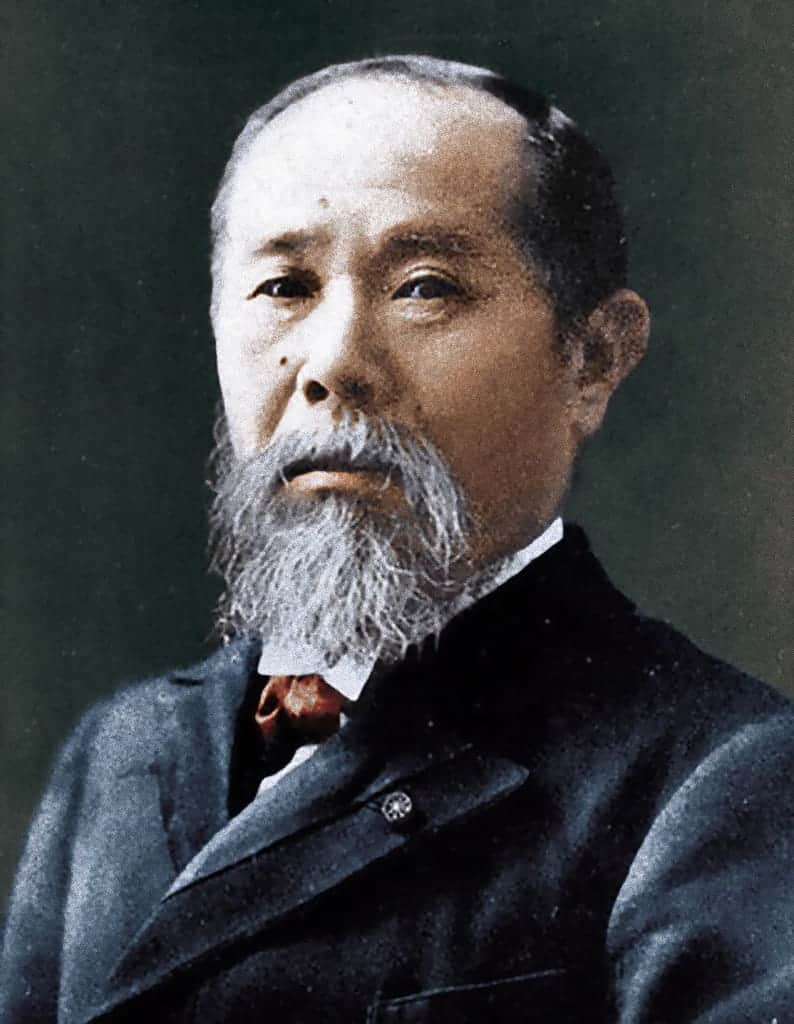
It is possible that Umeko Tsuda had feelings for Hirobumi Ito. Umeko Tsuda met university professor Nobu Kanda through her close friend Shigeru Nagai and developed feelings for him. However, she realized that Kanda already had someone he liked (Sutematsu Yamakawa) and never expressed her feelings.
Later, Tsuda reunited with Hirobumi Ito, who had traveled to America with the Iwakura Mission, and this encounter significantly changed her life. Ito asked her to provide English instruction and act as an interpreter, leading her to live and work in his household. At the age of 20, she was appointed as an English teacher at the Kazoku Girls’ School on Ito’s recommendation.
Although Tsuda remained unmarried throughout her life, it is possible that she secretly harbored romantic feelings for Hirobumi Ito. Having traveled to the United States as part of the Iwakura Mission at the age of six and later living with the Ito family upon her return, her respect and gratitude for Ito may have gradually turned into romantic feelings. Ito was known for his understanding of women and his skill in closing the distance between himself and others, making it likely that Tsuda was drawn to him.
Reason for Being Chosen as the Portrait on the New Banknote
Umeko Tsuda’s achievements and character were highly regarded, leading to her selection as the portrait for the new 5000-yen note, scheduled for issuance in July 2024. This decision recognizes her outstanding contributions as a pioneer in women’s education and marks her as the second woman, after Ichiyo Higuchi, to be featured on a Japanese banknote. The choice of Umeko Tsuda symbolizes the enduring impact of her noble ideals on our society today.
Summary
Umeko Tsuda, Japan’s first female student to study abroad in the United States, dedicated her life to promoting women’s education upon her return. In 1900, she founded the Women’s English School (now Tsuda University), paving the way for higher education for women. She also engaged in activities to encourage women’s education and achieve an equal society, influencing many women. Her life laid the foundation for women’s social advancement in Japan, and her contributions have significantly impacted the ongoing development of women’s education.
This site also introduces various interesting aspects of Japanese history and culture beyond Umeko Tsuda. If you’re interested, we would be delighted if you read our other articles as well!



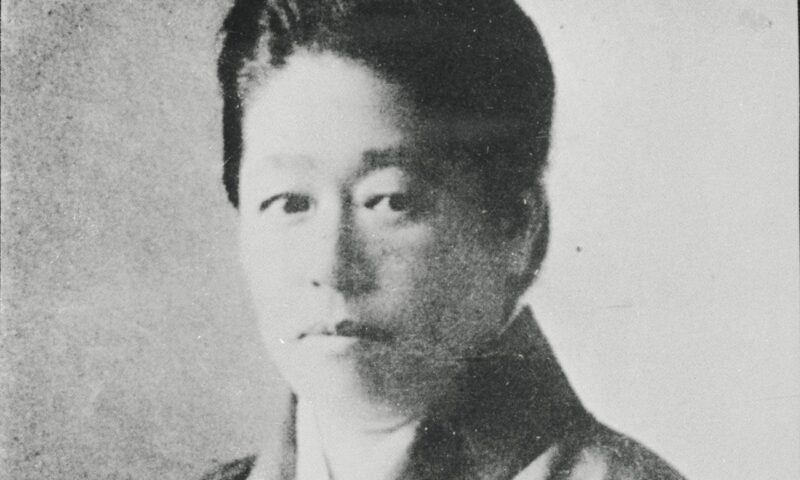
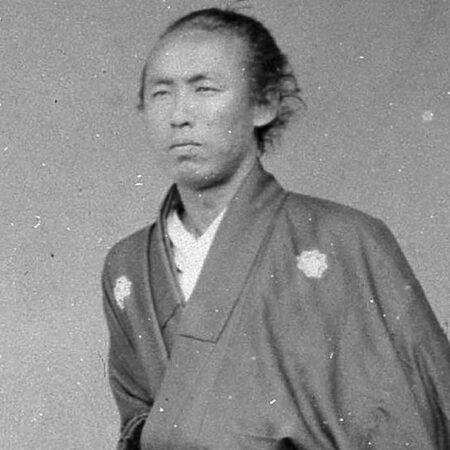
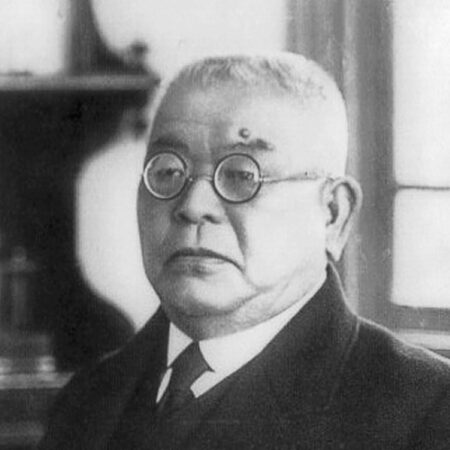
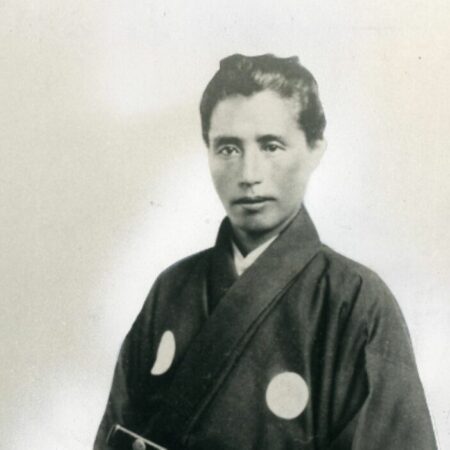
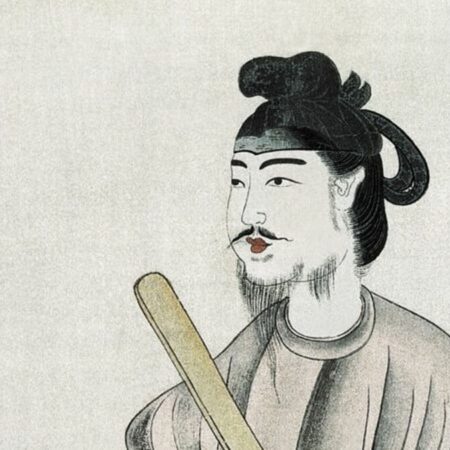
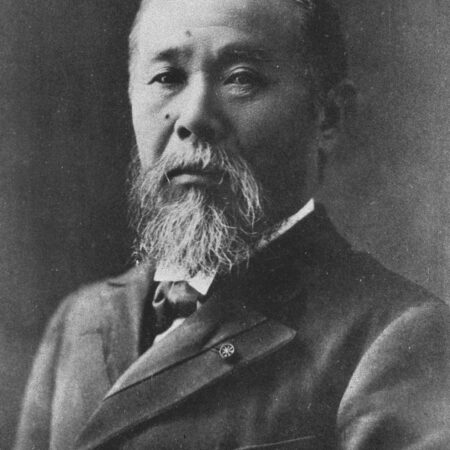
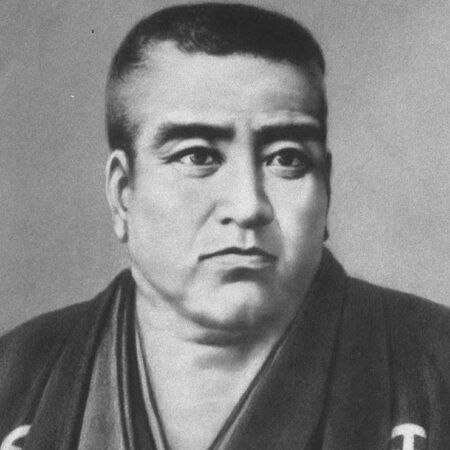
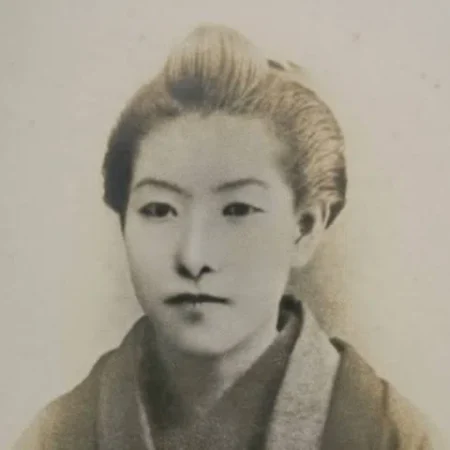
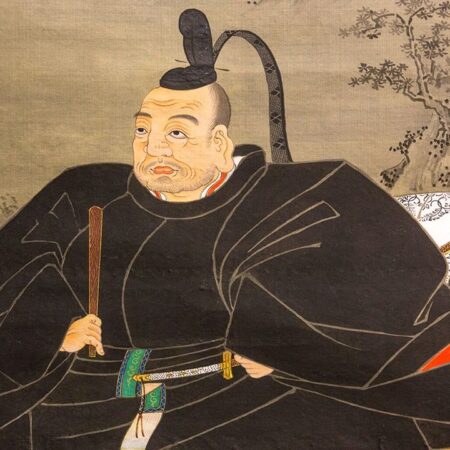



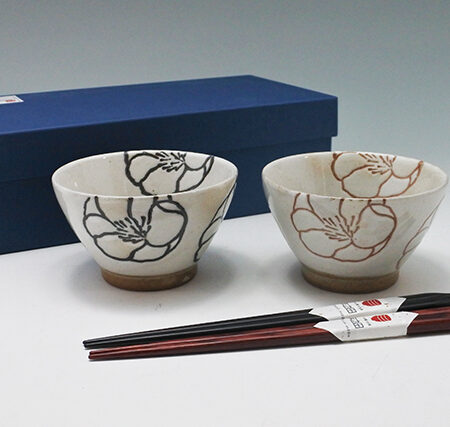
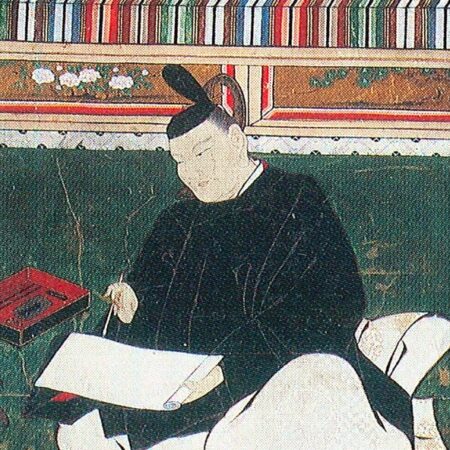
コメント